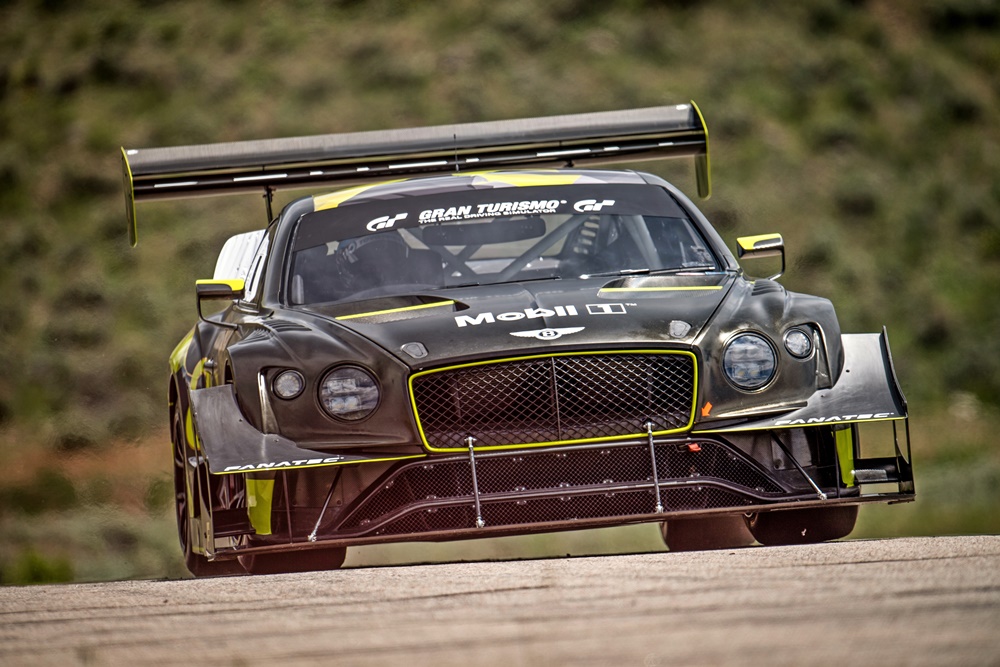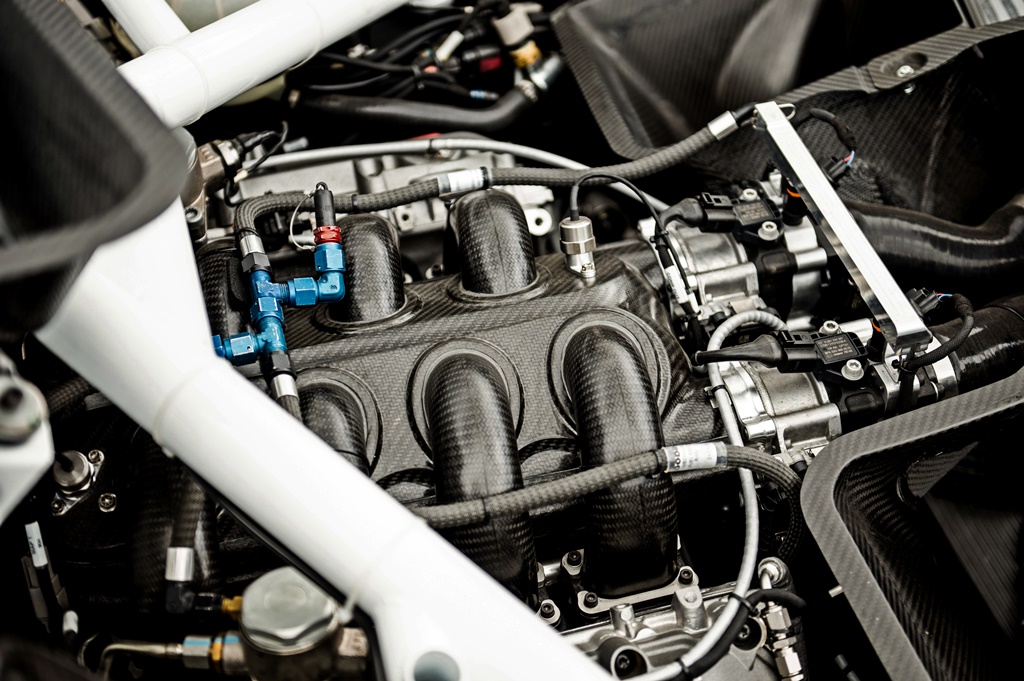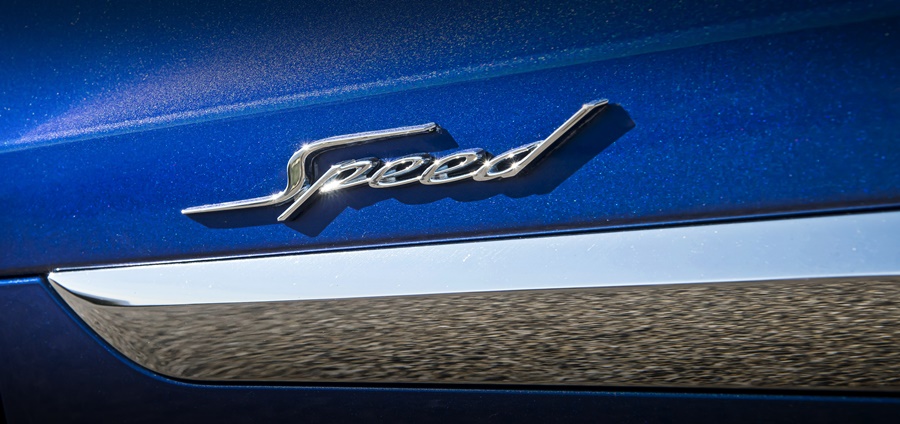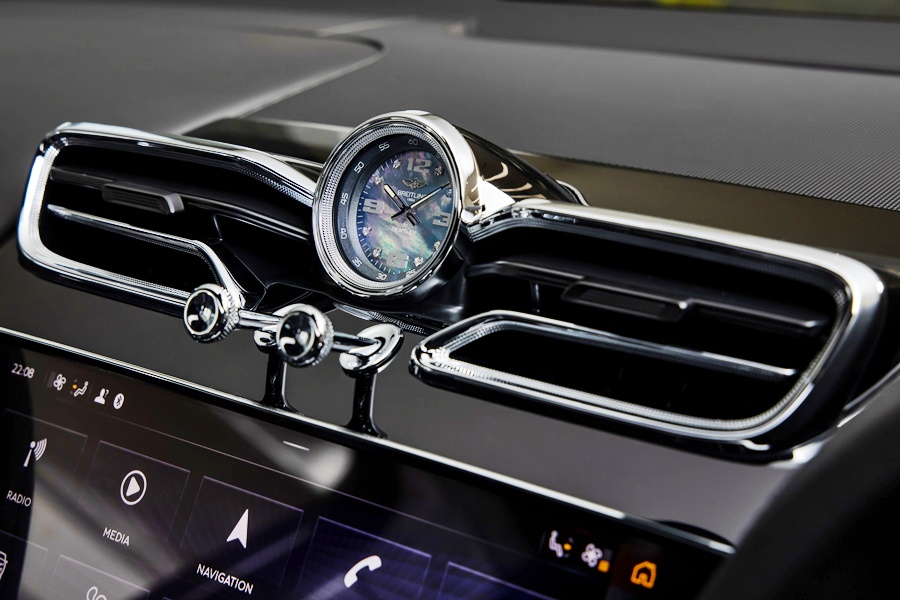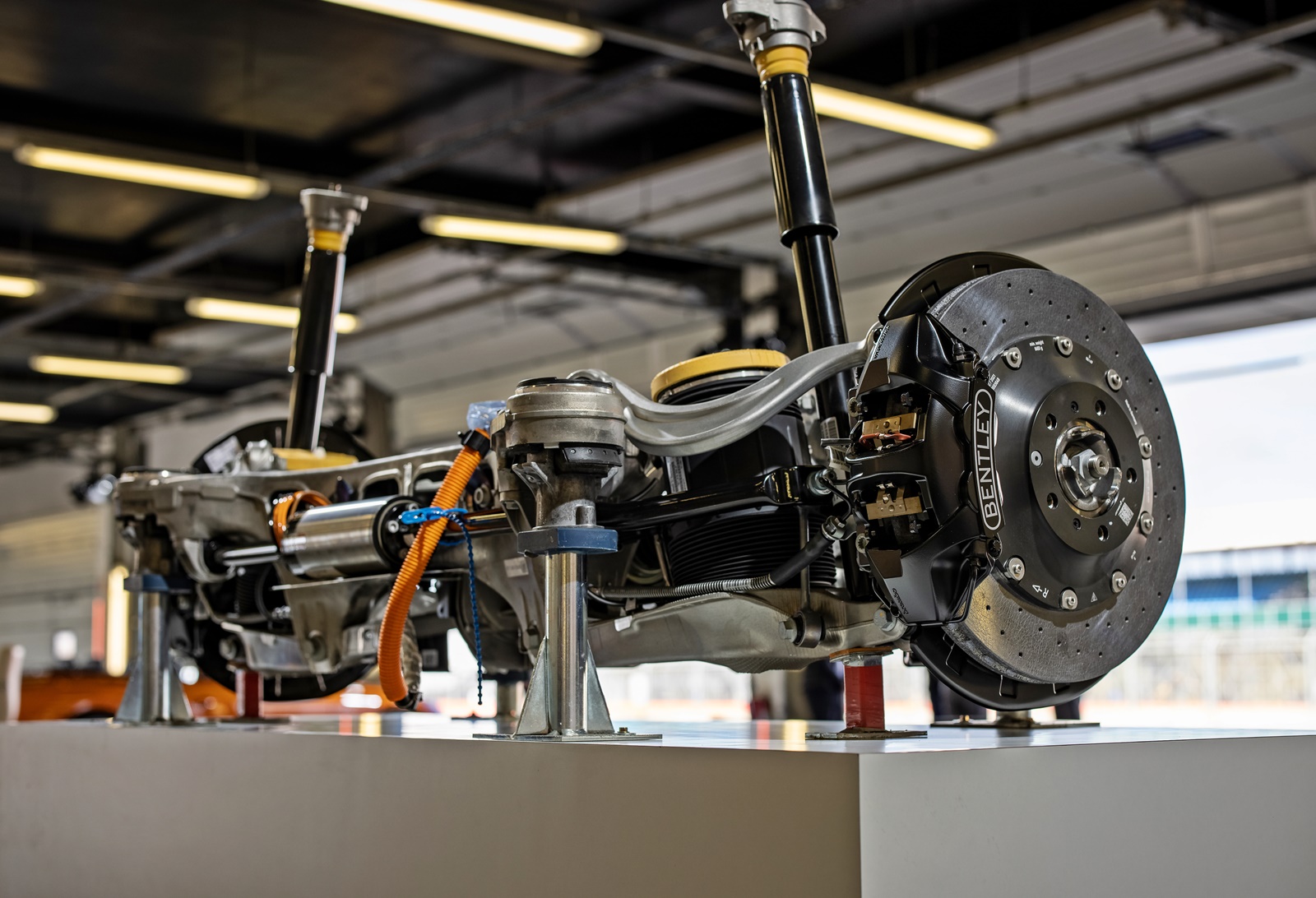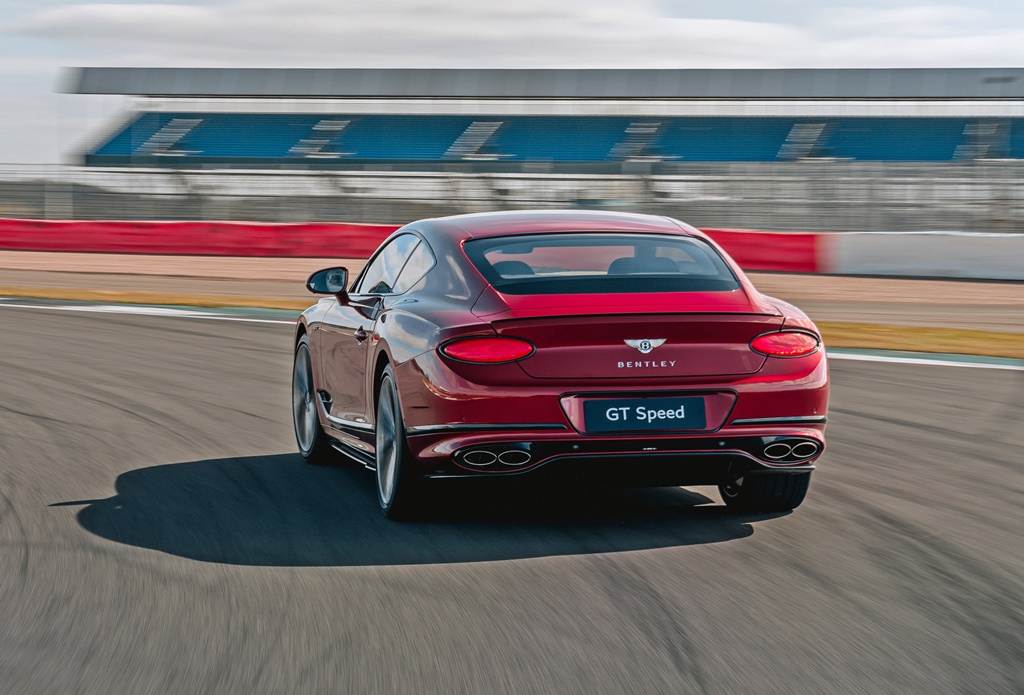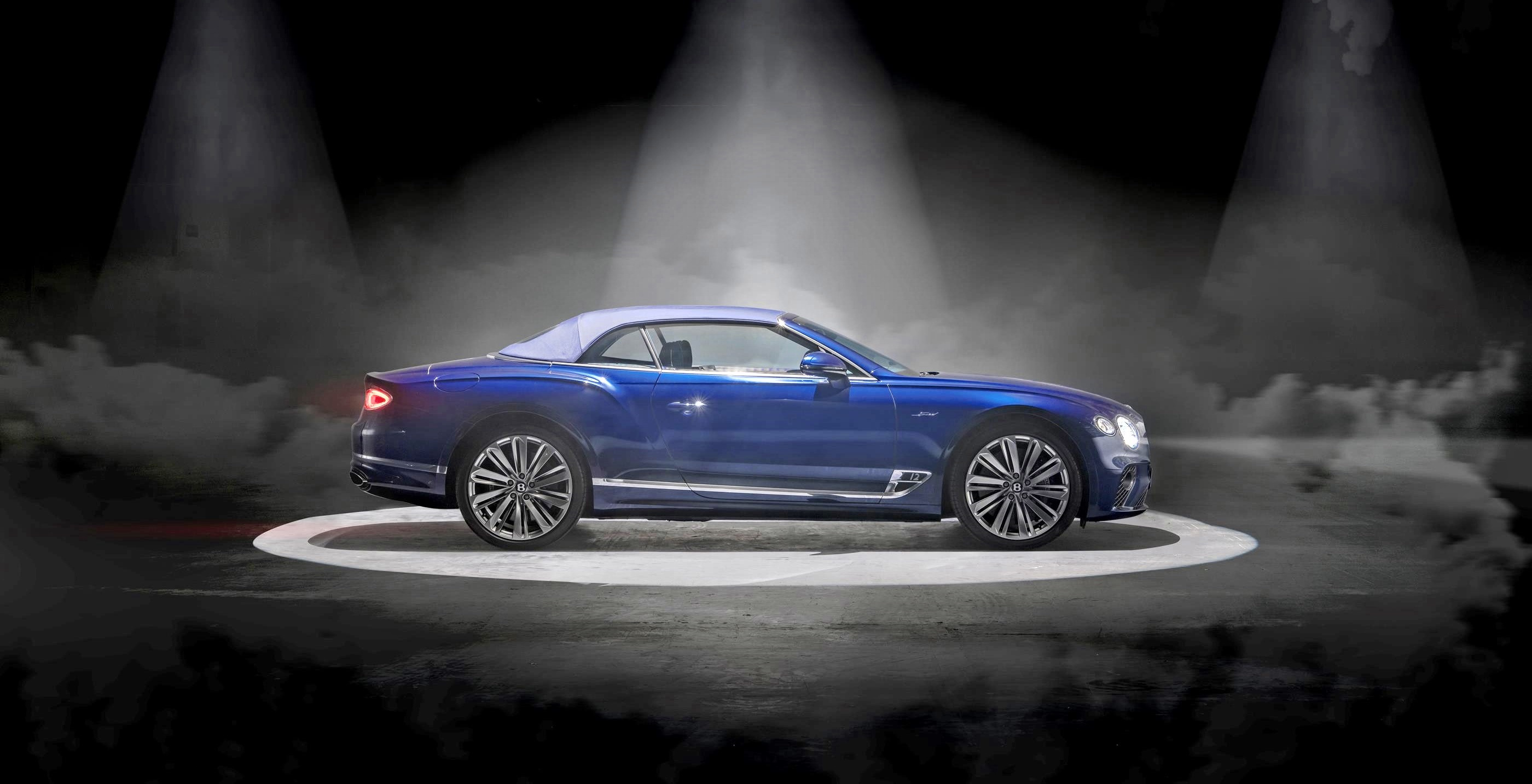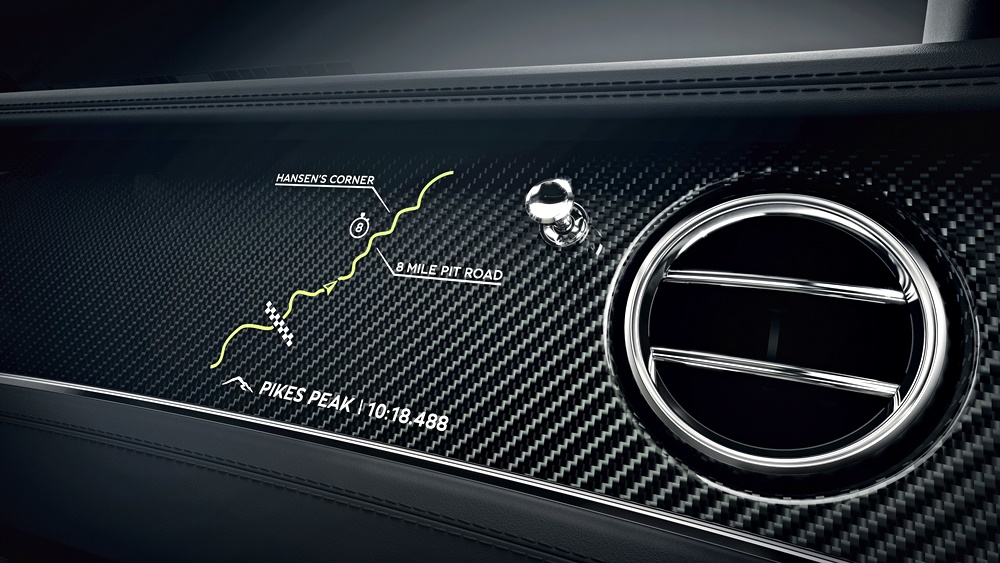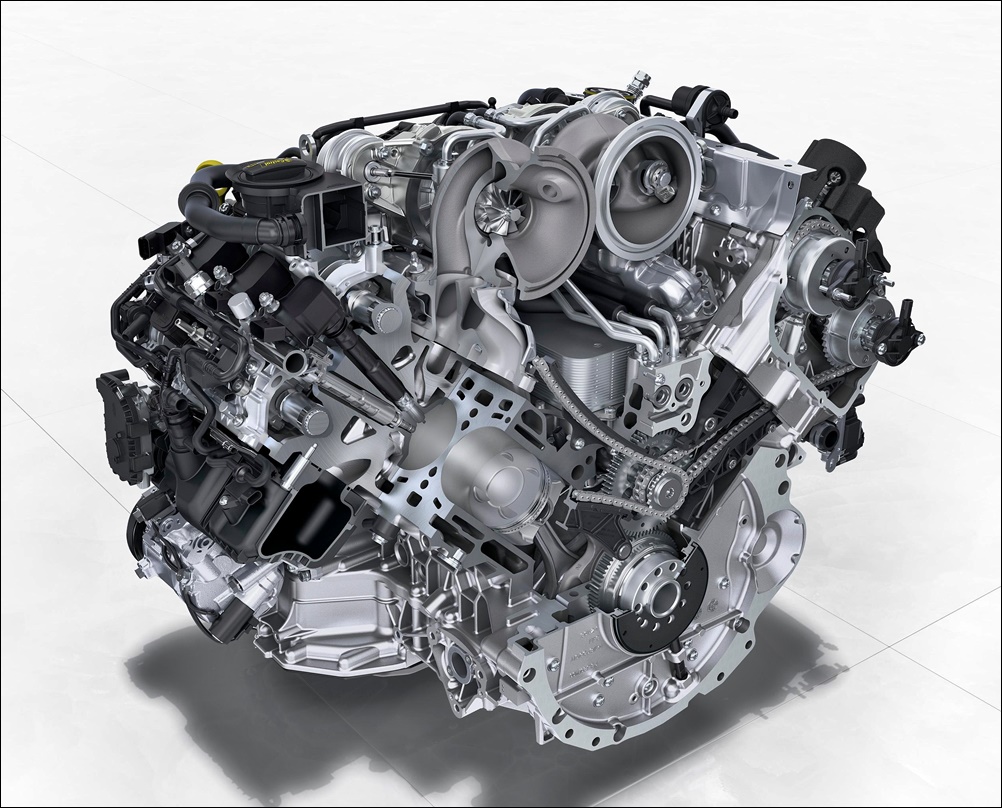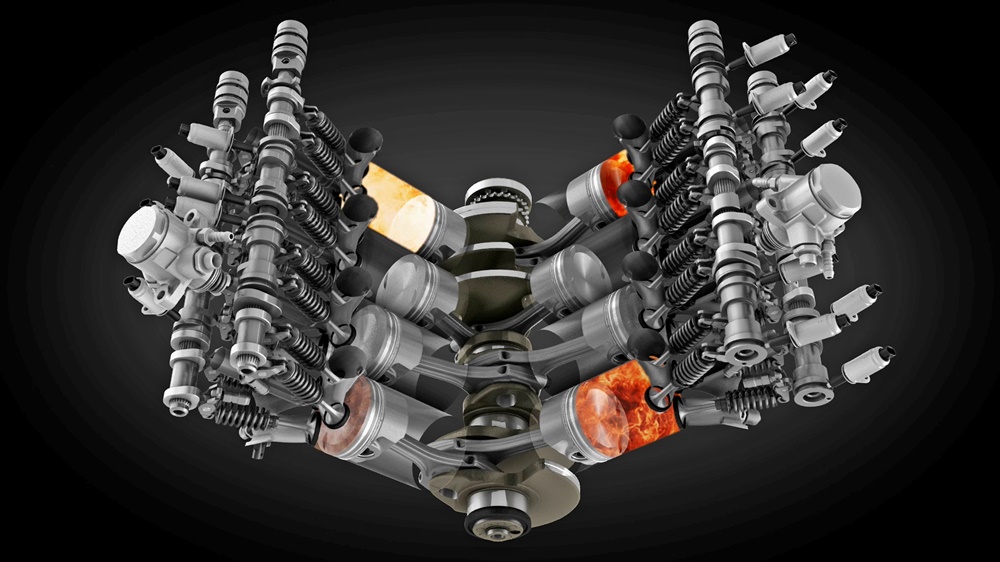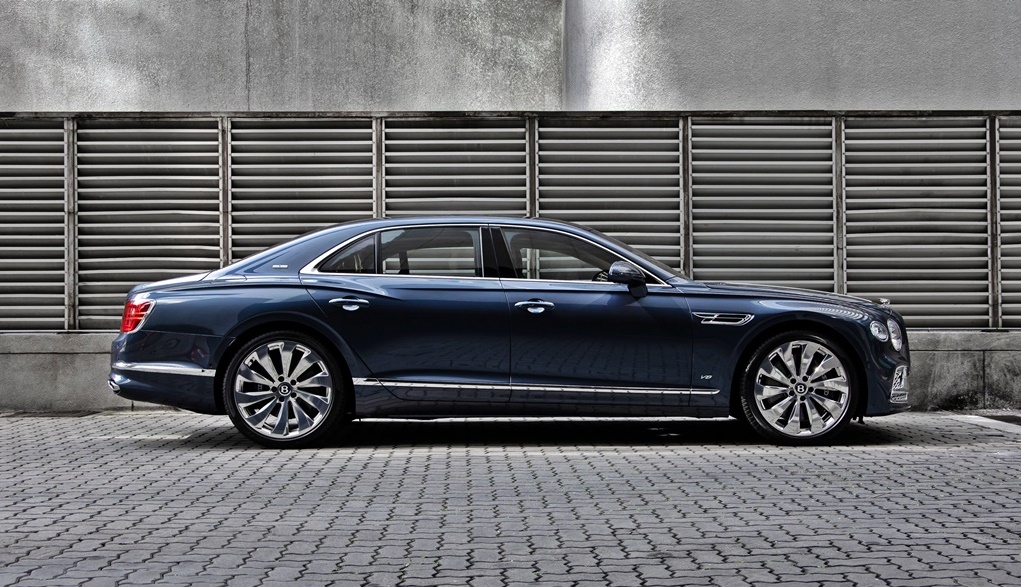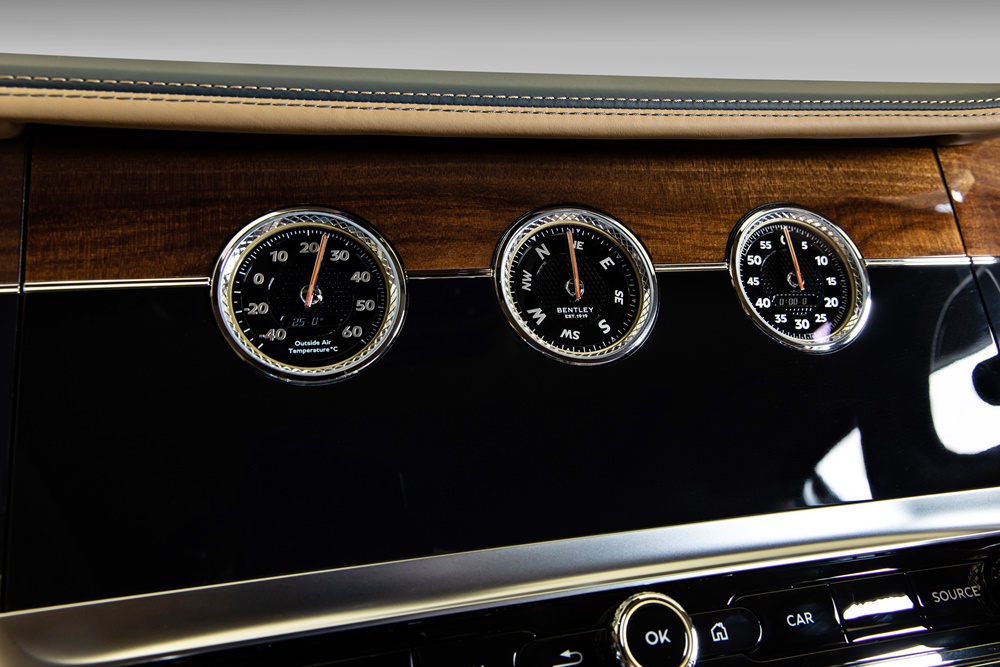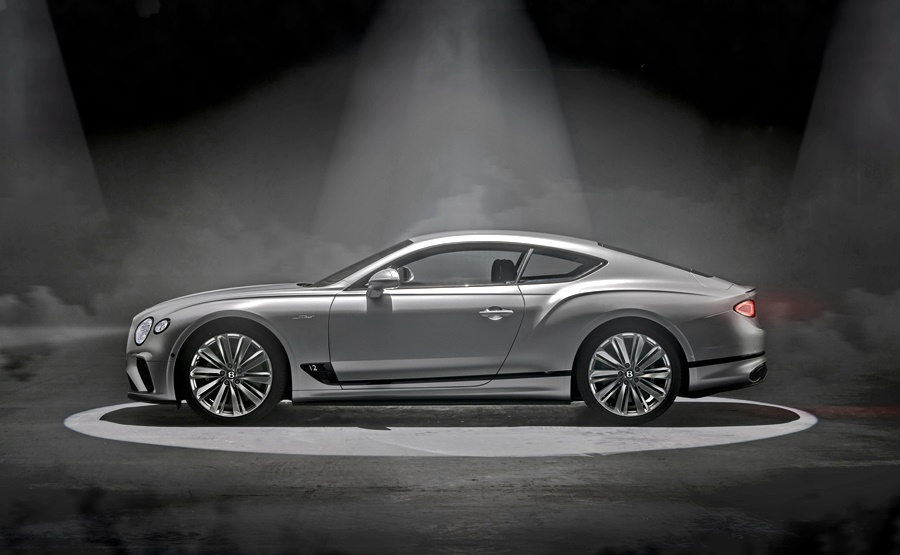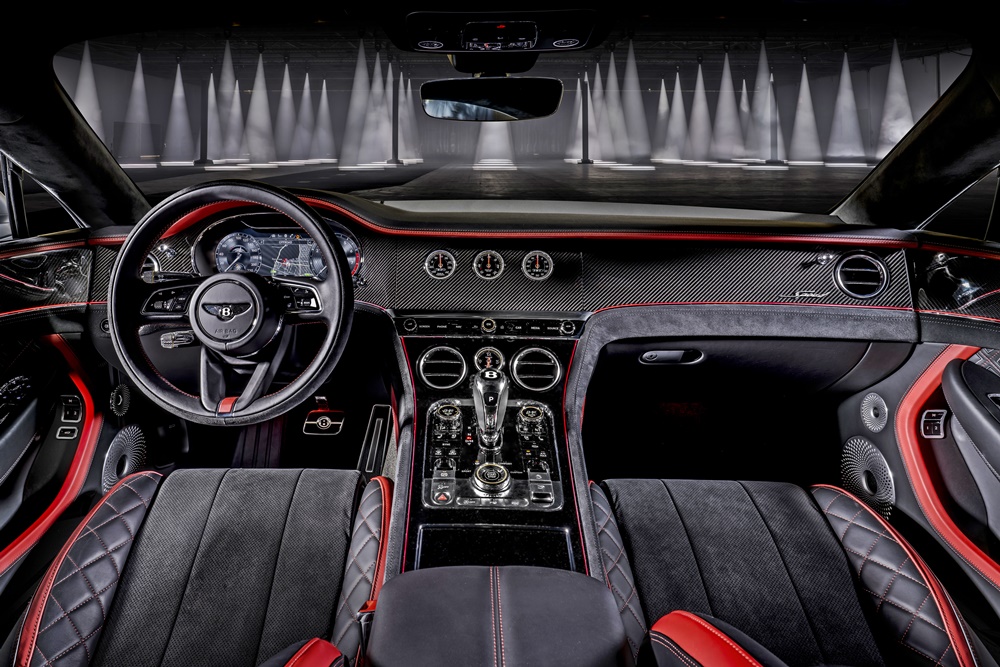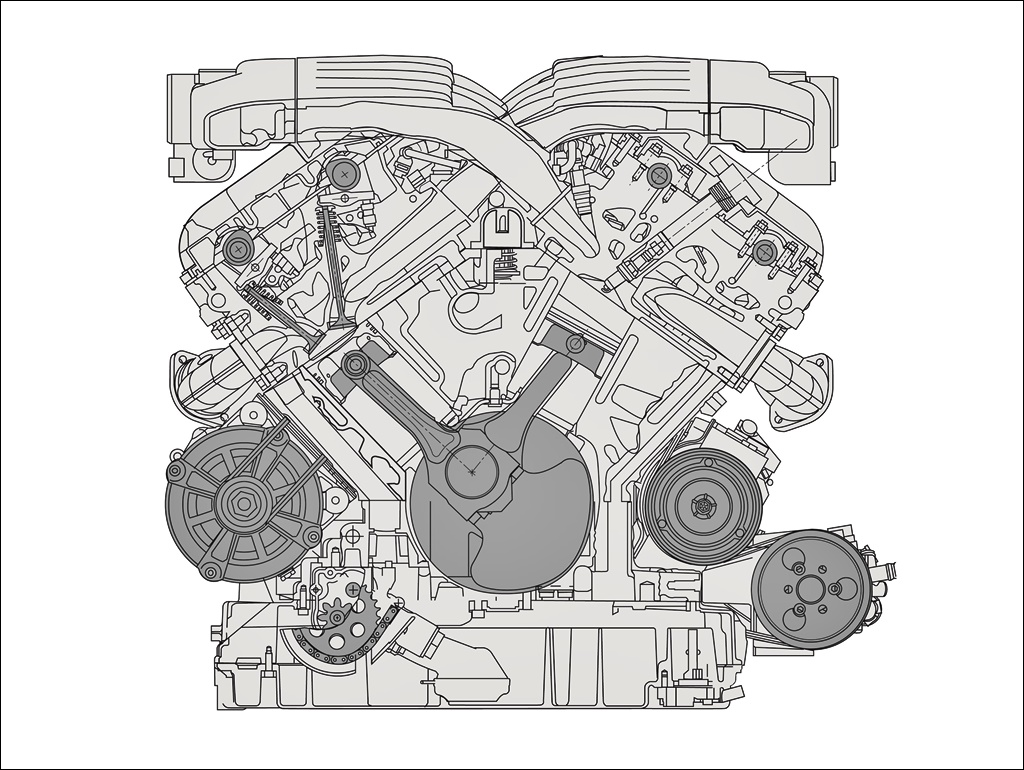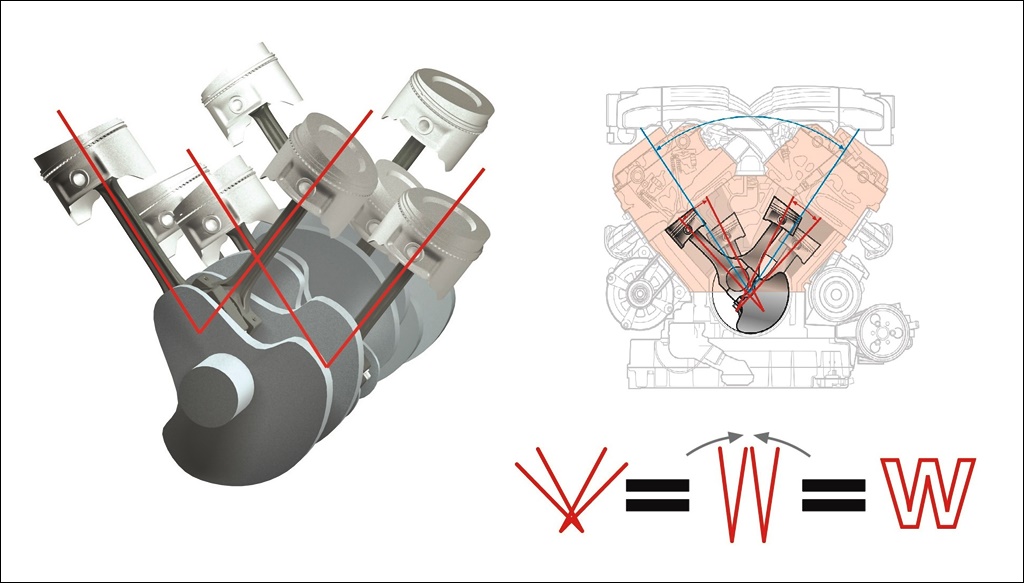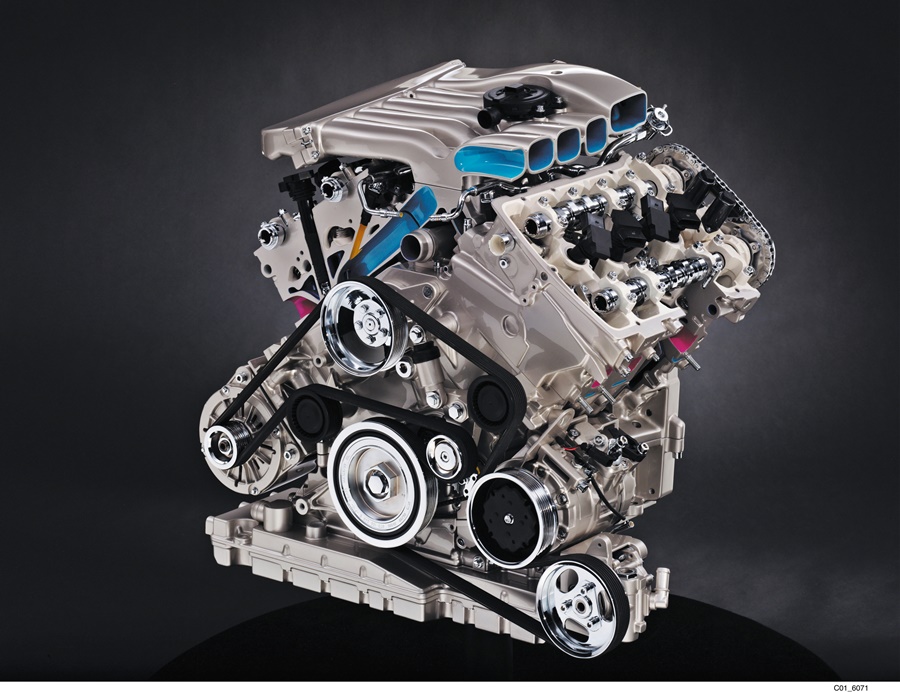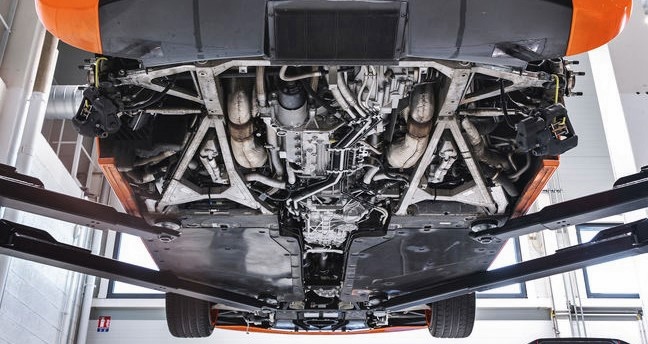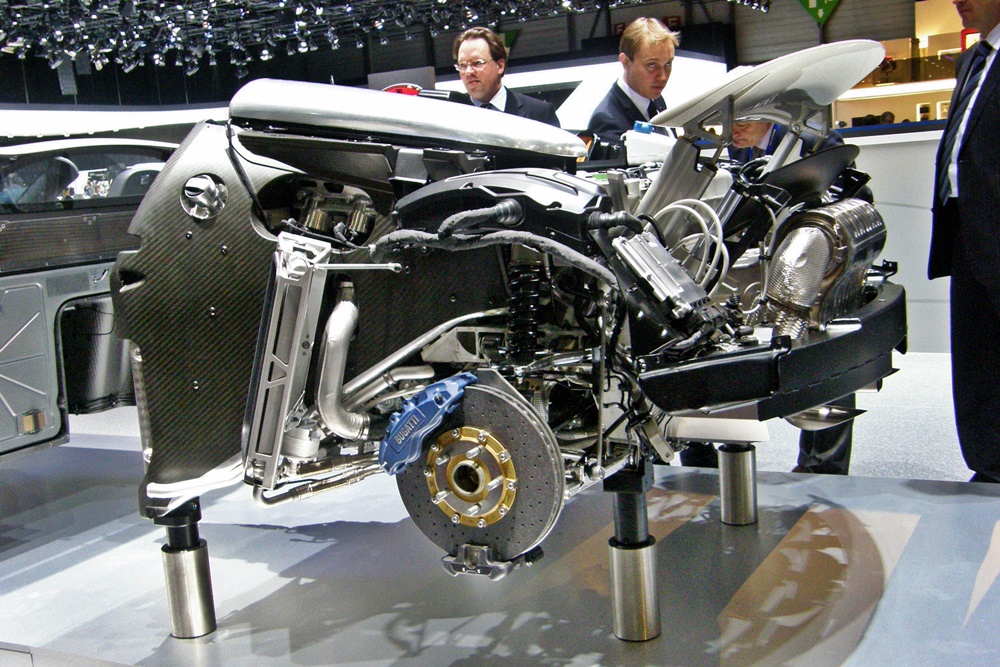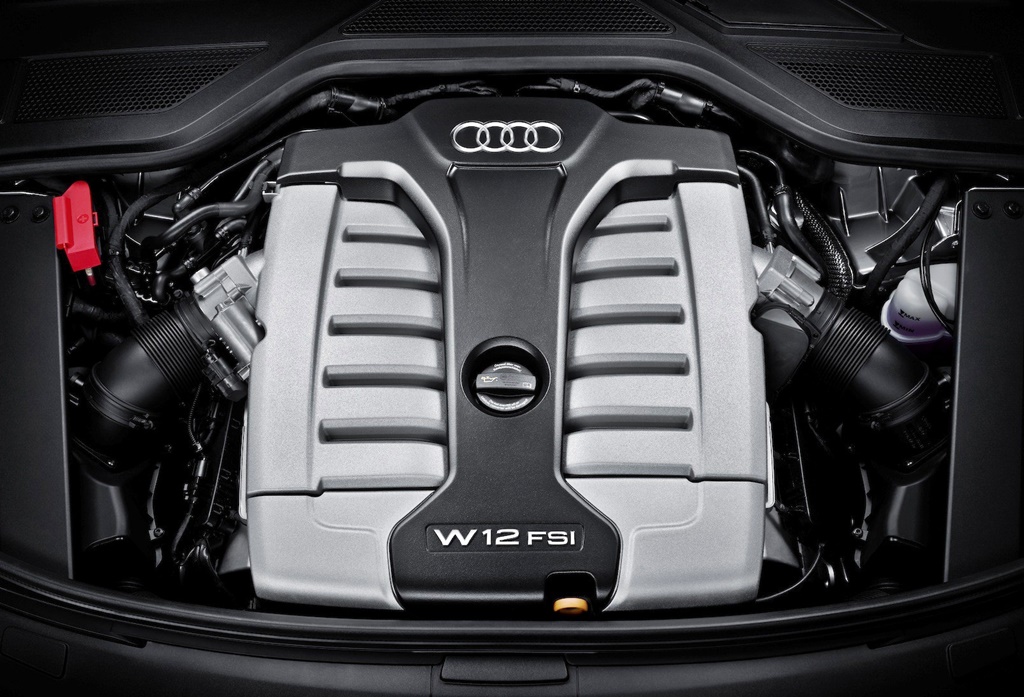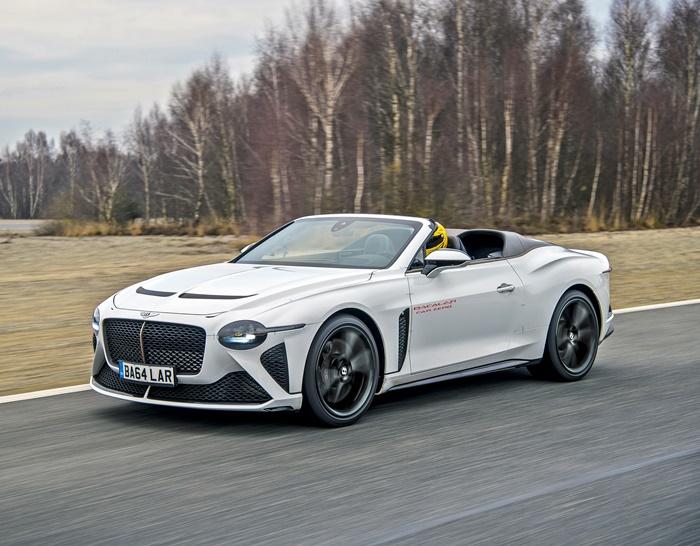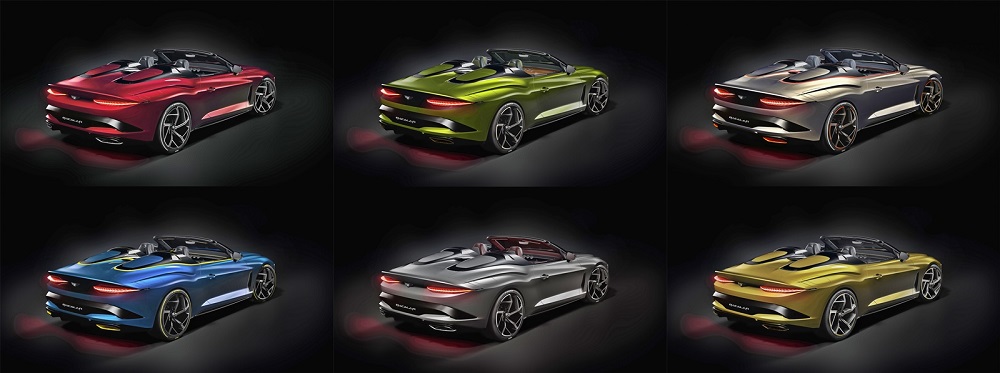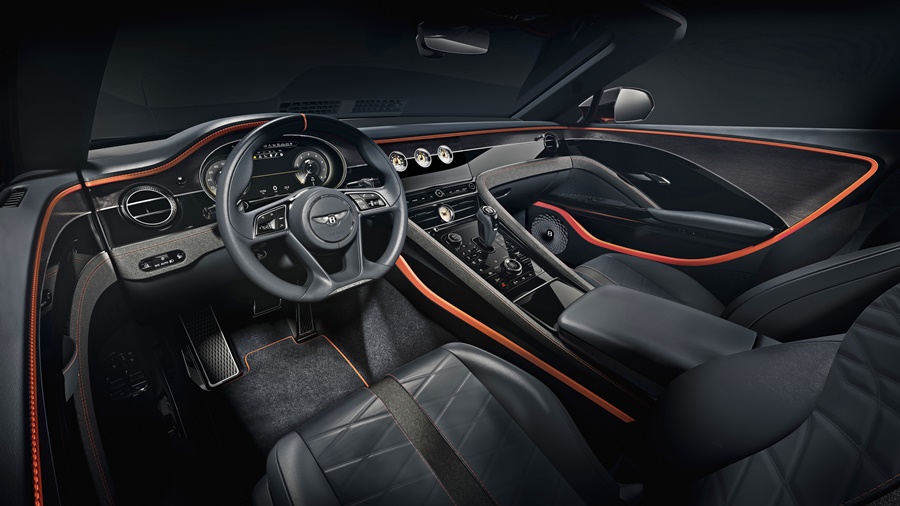Up till the 1980s, the Pikes Peak Hill Climb in the US state of Colorado was pretty much an American event, largely unknown to the rest of the world. The first run for the ‘Race to the Clouds’ was held in 1916 and thereafter, it became an annual event that saw new records being set every so often. Then in 1984, Audi showed up; as the era of the Group B super rallycars ended, Audi looked for other events where it could still enter its cars and the Pikes Peak Hillclimb was one of them.
French rally driver Michele Mouton came with the Audi Quattro and, within two years, was able to win overall as well as set a new course record. Other European teams also brought their powerful rallycars to Pikes Peak and the power game escalated. Even electric vehicles started to race up the hill, one of them from Mitsubishi Motors.
Two previous records
Bentley also saw the event as a good place to demonstrate the superior performance of its cars, especially to the US market which takes a lot of them each year. In 2018, it sent Rhys Millen in a Bentayga W12 up the 20-km route with 156 turns and the New Zealander set a new Production SUV record. The following year, Millen used a Continental GT and set the outright Production Car record.
This year, on June 27, Millen will again be racing up the hill and for this run, he has a Continental GT3. The car is now in final preparations which have included three dynamic test sessions and renewable fuel engine development.
Most extreme road-going Bentley
Regarded as ‘the most extreme road-going Bentley ever built’, the Pikes Peak racer will run on renewable fuel, initiating a R&D programme that aims to offer renewable fuels to Bentley customers in parallel to Bentley’s electrification programme. This two-strand strategy is set to maximise the pace of Bentley’s progress towards outright carbon neutrality, as part of its ‘Beyond100’ journey.
Upgraded twin-turbo V8 engine
From the start line at 2,834 metres, the course climbs to around 4,300 metres. As the altitude increases, the air becomes less dense, which has major implications in engine performance. The car’s engine – based on Bentley’s race-proven version of its 4-litre V8 road car engine – can cope with the reduced air density as it is turbocharged. It has been thoroughly reworked to generate more than 750 bhp/1,000 Nm at sea level for testing – and the engine will run even higher power levels for the race itself.
New pistons and conrods are installed to turn additional boost pressure (over 2.2 bar) into power, having to handle an increased dynamic pressure ratio. The carbonfibre intake manifold is thicker and reinforced versus the standard item, for the same reason. Custom, one-off Inconel exhaust manifolds have been 3D-printed via laser sintering by Abramovic, and lead to larger turbos paired with external wastegates, venting into very short exhausts and dedicated screamer pipes that exit behind the front wheels.
The high performance engine places additional demands on the cooling system and for Pikes Peak, the engineering team developed a secondary cooling system that’s installed at the back of the car. Air scoops replace the rear windows, and channel air through a secondary radiator that exhausts through ducts in the boot lid. The system runs via a dedicated secondary water pump.
RON98 eFuel
The engine runs on RON98 Renewable Racing Fuel. The fuel is a dedicated blend of advanced biofuels specifically designed for motorsport, and is a technological stepping stone to sustainably-created eFuel with a greenhouse gas reduction of up to 85%.
The gearbox is Bentley’s standard racing unit, already designed to handle the torque loads involved, but rear driveshaft diameter has been increased to provide additional durability. The gearbox runs a specially-formulated lubricant created specifically for the car by Mobil1, who have also supplied high-performance oil for the engine.
The chassis has been set up and tuned to suit the specific nature of the Pikes Peak course. Both front and rear axles run significantly reduced camber to the standard Continental GT3 setup, focusing the car on low-speed cornering performance. The softest springs and anti-roll bars from Bentley’s range have been fitted, to allow more movement in the body and so maximise weight transfer for braking. The brakes themselves are water-cooled, to handle the increased loads that an all-out attack on the course will bring.
Aerodynamic modifications
The aerodynamic modifications see a 30% increase in overall downforce at sea level, while maintaining the standard car’s aerodynamic front/rear balance – validated during the first track sessions. The biggest rear wing ever fitted to a Bentley dominates the rear of the car, sitting above a highly efficient rear diffuser that surrounds the transaxle gearbox. To maintain the aerodynamic balance front-to-rear, these devices are paired with a comprehensive front-end aerodynamic package comprising a two-plane front splitter flanked by separate dive planes. The majority of these parts were made with carbon nylon filament using rapid prototype, additive manufacturing techniques at the Bentley factory in Crewe.
To break the record, the car will have to complete the climb of around 1,500 metres at an average speed of more than 125 km/h to cross the finish line in less than 9 minutes and 36 seconds.








